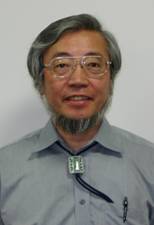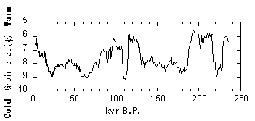Environmental Changes Printed
in Lacustrine
Sediments and Earth Surface Processes
Kenji
Kashiwaya, Dr. Sc., Professor |
 |
Located in the middle latitudinal zone, pan-Japan Sea area is not only affected by westerly circulation, but also controlled by East Asia monsoon. In winter, northwesterly winds associated with the Siberian High control the area. In summer, western Pacific maritime air flow dominates the area.
Human influence on environment was recognized for the first time in the industrial revolution time of 18th ? 19th century and significantly after the World War Ⅱ. The industrial revolution time roughly corresponds to the little Ice Age. We experienced large changes both in natural environments and human-related environments during the past some hundred years.
In this program, we aim to clarify natural, artificial and correlated factors in the environmental changes during this short interval and natural changes in long-term interval by using lacustrine information. Lacustrine sediments have some advantages that include high-resolution environmental records; biological-information-rich records as well as physical and chemical ones. Especially, lacustrine records in pan-Japan Sea area include high-resolution information on human-related environmental changes as well as natural ones, which is of help for proper understanding of short and long-term environmental fluctuations in East Eurasia.
Human activity (dam construction) printed in Lake Yogo sediments. |
Glacial-interglacial cycles printed in Lake Baikal sediments. |




